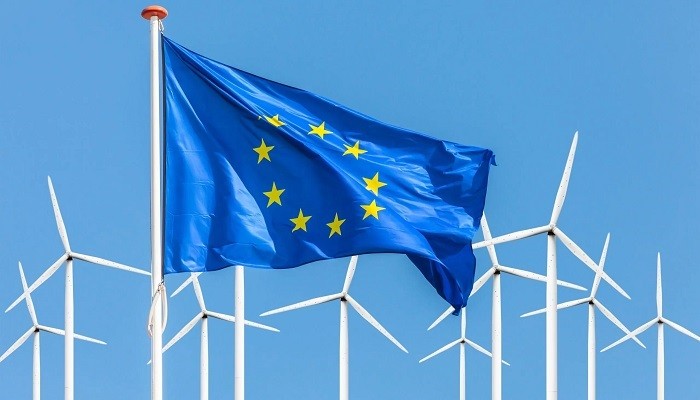Wind happens to be 19% of the electricity that gets consumed in Europe. Almost all of Europe’s wind turbines happen to be made in Europe. It is well to be noted that Europe’s wind energy supply chain happens to be big, with more than 250 factories spread across almost every EU member state. The fact is that 300,000 people happen to be employed in wind in Europe as of date.
It is worth noting that when we talk of renewables, especially Europe’s wind supply chain, it has been struggling. Apparently, costs went up in the last couple of years, but revenues did not rise as they should have. And there happens to be intense competition now from Chinese turbine manufacturers too. The EU responded really well in 2023 with the Wind Power Package of 15 immediate measures so as to make Europe’s wind industry robust. 26 Member States then went on to endorse these actions by way of signing a European Wind Charter.
These actions go on to include the tightening of pre-qualification criteria in order to raise the bar on what kind of wind turbines can get built in Europe, commitments when it comes to cybersecurity and data residency, as well as responsible business conduct.
The EU is about to agree to the Net Zero Industry Act- NZIA which indeed aims to strengthen all of Europe’s supply chains pertaining to clean energy. However, some of the details happen to be going in the wrong direction. Especially, there is a suggestion that the new pre-qualification parameter should only apply to 20% of projects to start with. Apparently, this goes against the Wind Power Package, which goes on to say that it should apply to all projects. For wind, it goes on to send a signal that they only want high European standards for 20% of projects; the other 80% can very well go to non-European manufacturers.
It is worth noting that other clean energy sectors are in a different position. Some of them happen to rely on non-European imports for the time being. Higher standards when it comes to all projects might hurt them. However, for wind, they are indeed necessary if Europe is looking to preserve and strengthen its existing supply chain. The solution is simple: the NZIA must take a technology-specific approach to the pre-qualification criteria. Or else, one would simply lose the prized assets that are there today- the wind supply chain- and one would fail to nurture the growth of the other new clean tech sectors that Europe wants.
To sum it up, the European Parliament as well as the EU Member States have to ensure, as they finalize NZIA, that:
- Pre-qualification criteria can be applied immediately.
- And that governments go on to take a technology-specific approach to pre-qualification criteria.
Or else, the EU goes backwards when it comes to the support it committed in 2023 in the Wind Power Package and Wind Charter and thereby risks losing its biggest existing clean energy sector.





































